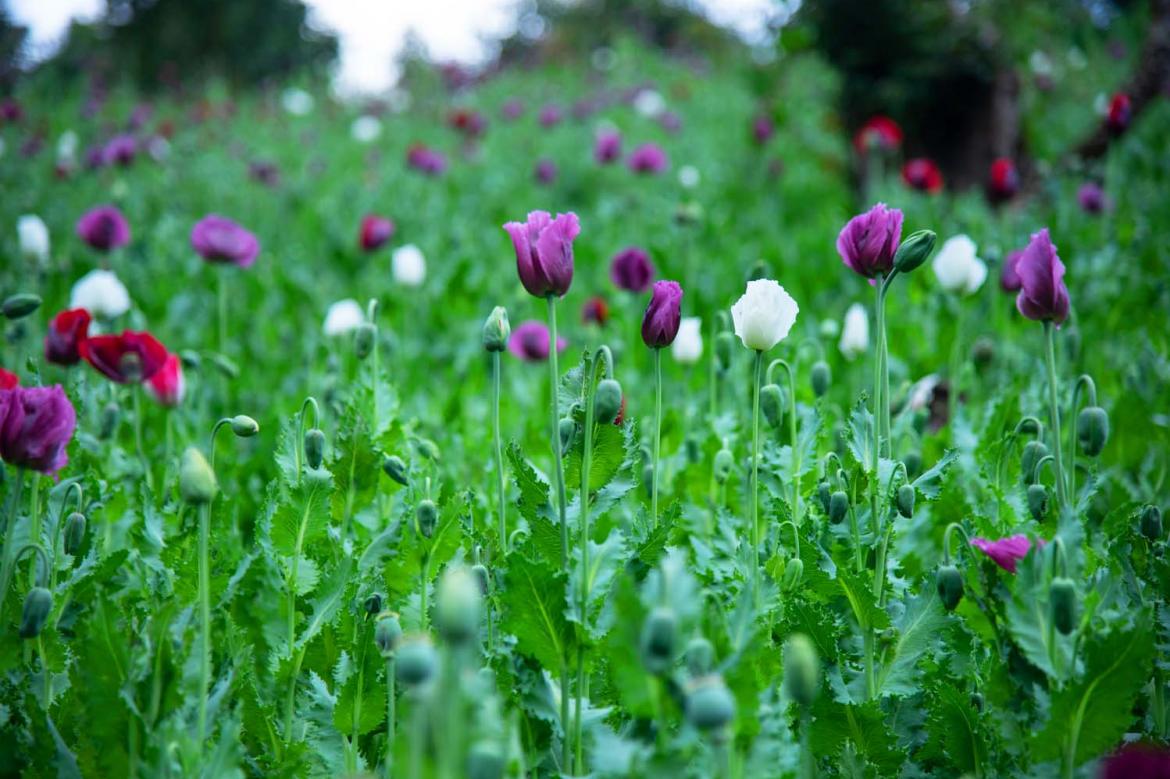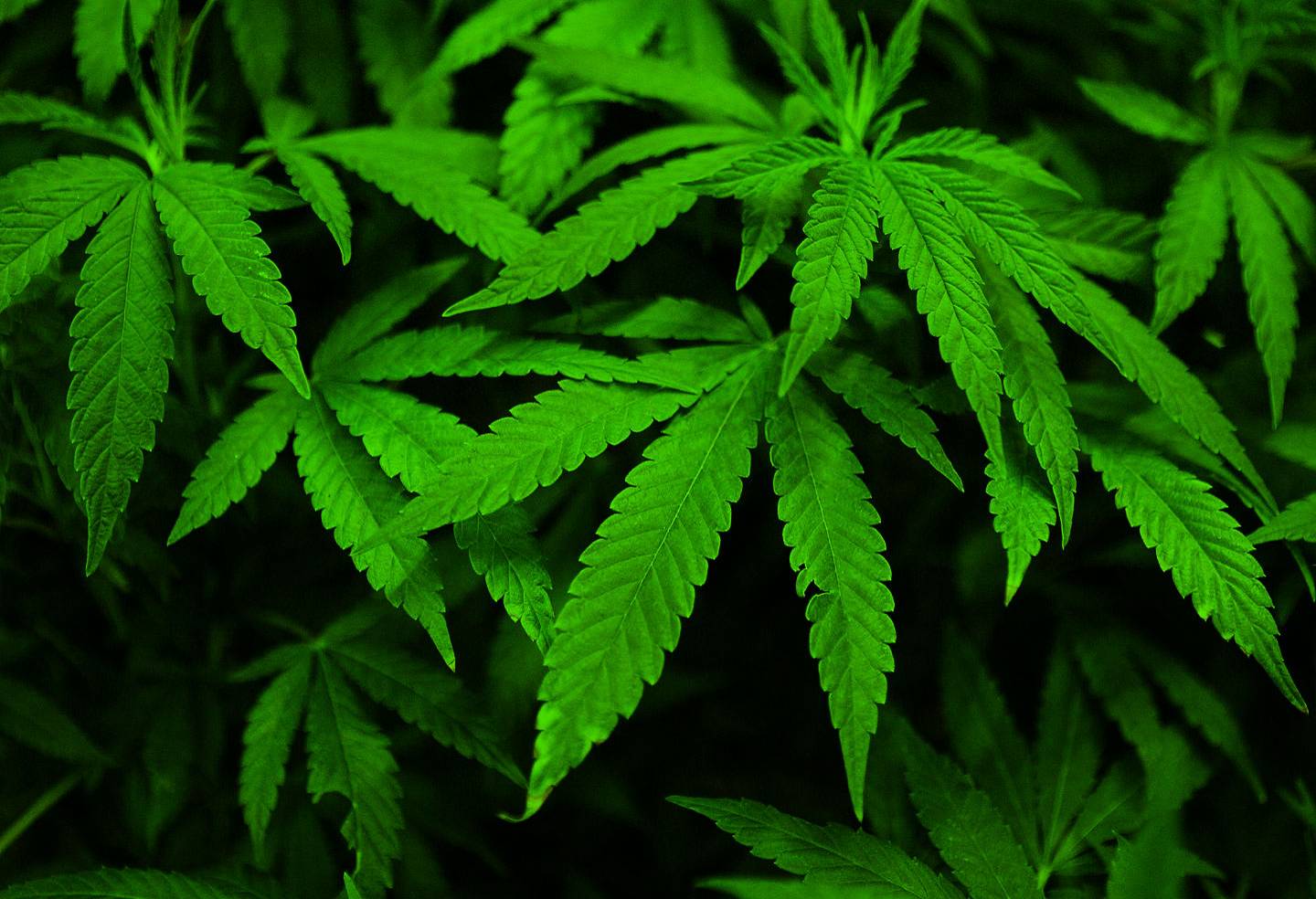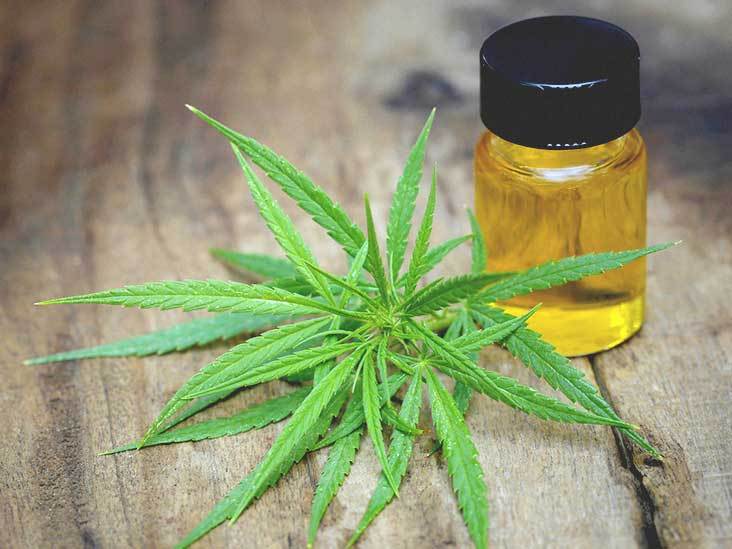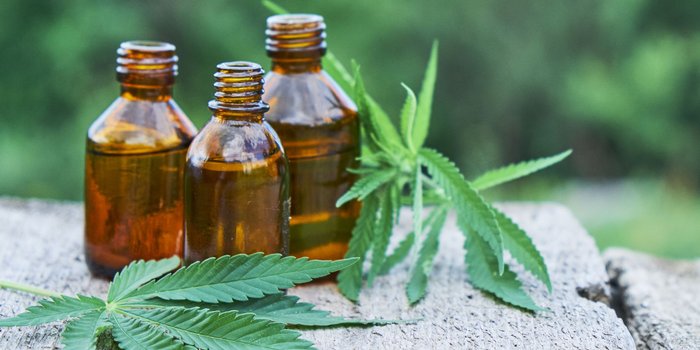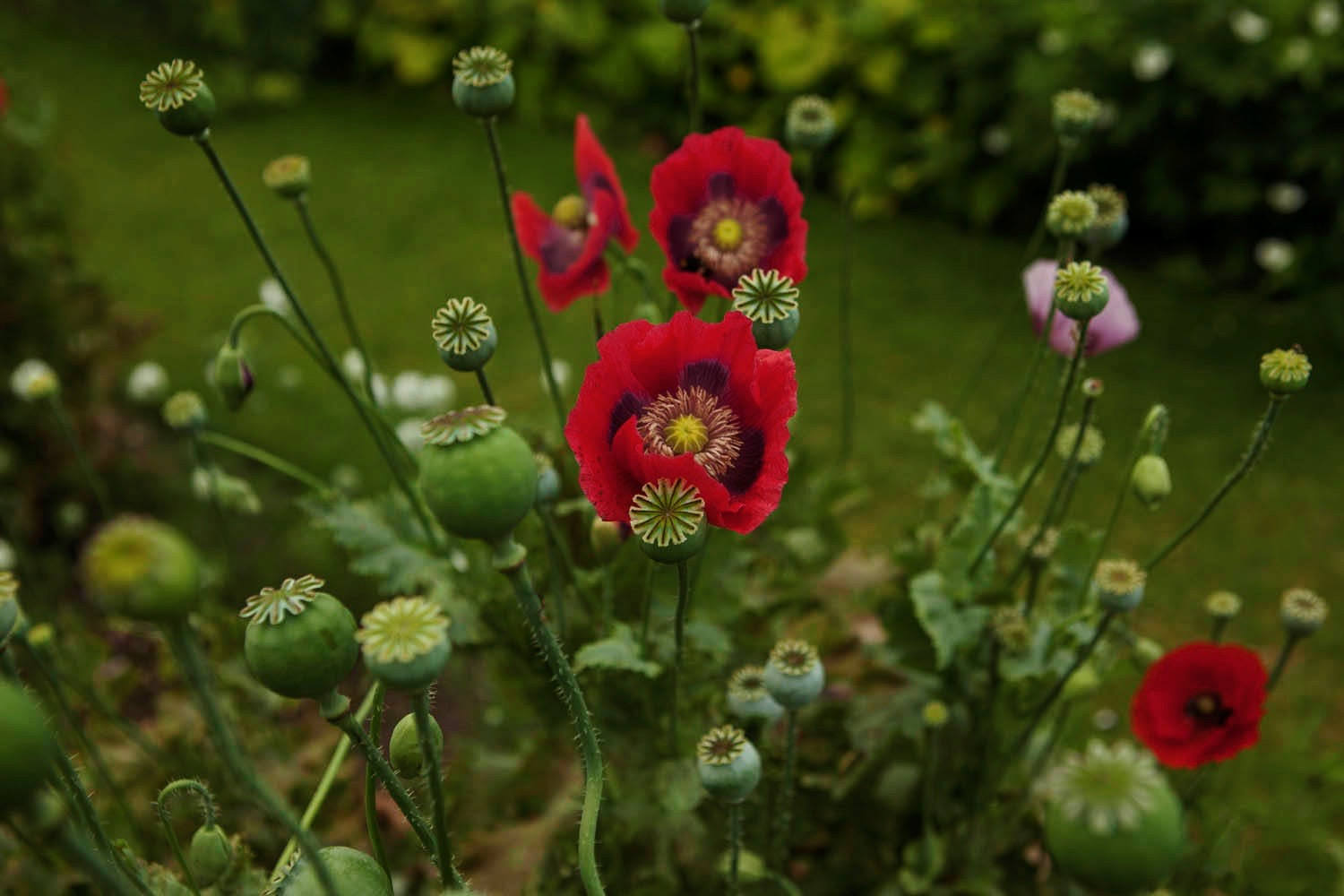“Close the bathroom door at Supportive Place for Observation and Treatment (SPOT), and you have two minutes and 50 seconds. Then the alarm sounds, warning staff to check on the person inside. People sometimes inject drugs in SPOT’s bathroom, just as they do in the bathrooms of Starbucks or McDonald’s.
The longer you wait to reverse an overdose, the harder it gets. SPOT, run by Boston Health Care for the Homeless, has had to shorten that window, from five minutes to four, to three, and now, to two minutes and 50 seconds — even a 10-second margin means life or death.
Many people use drugs far from the clinicians who could save their lives if they overdose. And the drugs they use have become more lethal — fentanyl, a synthetic opioid many times more potent than heroin, is now common throughout Massachusetts.
Supervised injection facilities (SIFs) would provide people more support and clinical care in those most vulnerable moments. SIFs are facilities where people can use drugs under clinical supervision. None currently exist in the United States (with the exception of one underground SIF), but they’ve operated for years in Canada, Europe and Australia. Advocates and lawmakers in the U.S. want to establish SIFs here, too. They meet a need that facilities like SPOT can’t.
Public opinion is shifting in favor of SIFs. Data from a new WBUR poll shows that 50% of respondents support SIFs. And many of SIFs’ once-vocal critics, including Boston Mayor Marty Walsh, have become supporters.
But there’s a notable exception: U.S. Attorney for Massachusetts Andrew Lelling, who published an op-ed decrying SIFs in The Boston Globe in January. Lelling is a Trump appointee whose nomination didn’t cause immediate outrage — he had, if not bipartisan support, at least bipartisan respect — but that changed recently, when he was accused of being “overzealous, grandstanding, and politically motivated,” after he indicted a sitting Massachusetts judge for not being sufficiently harsh to an undocumented immigrant.
Continue Reading at WBUR





